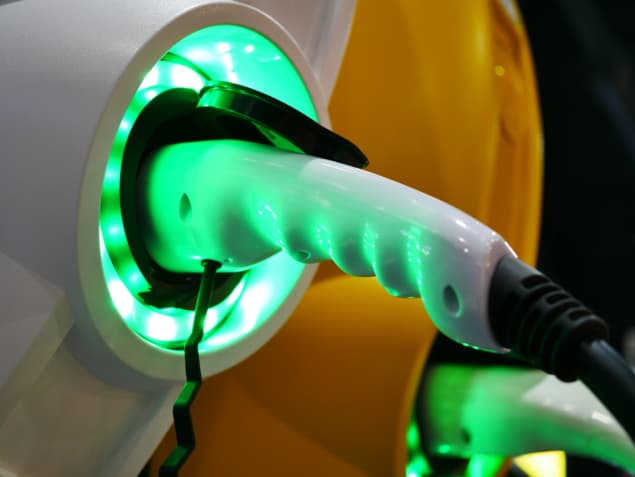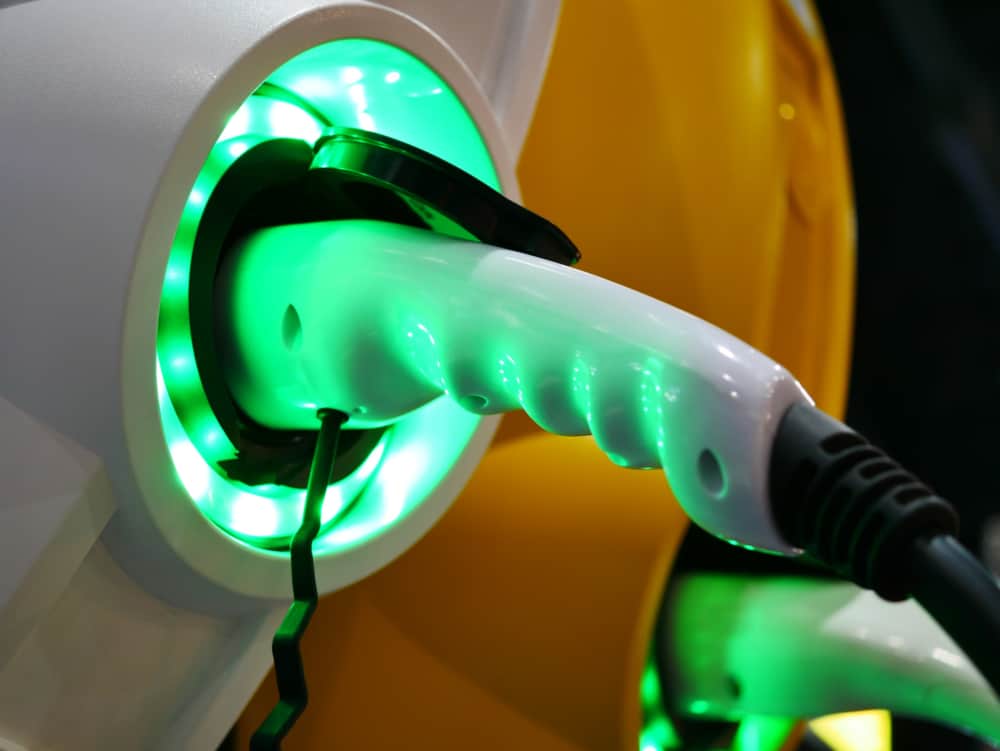
Hybrid cars consume more fossil fuels and emit more carbon dioxide in the real world than they do in lab tests – partly because drivers are not using the cars’ electric side as much as they could, researchers in Germany have concluded. To address this, the researchers suggest that authorities should implement policies that incentivize and facilitate more frequent charging.
Plug-in hybrid electric vehicles (PHEVs) combine an internal combustion engine with an electric motor. Their emissions are therefore lower than those of conventional vehicles, especially if the electricity used to charge the motor comes from a non-fossil fuel source. On the road, however, their actual fuel consumption depends on a combination of driving behaviour and how much of their mileage occurs in electric mode – the so-called utility factor.
To date, the question of exactly how environmentally friendly hybrid cars are has been clouded by a paucity of real-world data, with the accuracy of lab tests often the subject of controversy. In March 2021, for example, the UK consumer watchdog Which? concluded (based on test results from 22 popular hybrid cars) that PHEVs could use up to four times more fuel than industry standard consumption tests indicated. The worst offender, they reported, was the BMW X5, which was 72 per cent less efficient than claimed, equating to an added cost to the driver of around £669 per year.
Real-world data
In their new study, Patrick Plötz from the Fraunhofer Institute for Systems and Innovation Research and colleagues analysed data on the real-world fuel consumption, annual distance travelled and utility factor of more than over 100 000 PHEVs driven in Canada, China, Germany, the Netherlands, Norway and the US. These data were collected from past studies, online databases like Spiritmonitor.de and Voltstats.net that let drivers submit their own data, and firms that own hybrid cars – with the dataset including both private cars and company cars assigned to individual drivers.
The team found that, overall, the real-world carbon dioxide emissions of hybrid cars averaged between 50–300 gCO2/km — two to four times higher than emissions seen in test cycles. Similarly, actual fuel consumption was two to four times higher than test cycle consumption, “mainly due to low charging frequency”, Plötz explains. Utility factors used in official estimates (the Worldwide harmonized Light-duty vehicles Test Procedure and its regional predecessor, the New European Driving Cycle), are, he says, “based on driving data of conventional vehicles with additional assumptions and no empirical PHEV data…The assumptions on charging and on daily kilometres travelled with PHEV were too optimistic.”
The problem is compounded for company cars, the team note, because refuelling them is often free for drivers. Similar support is seldom available for charging costs, which instead come out of the driver’s pocket. The researchers also found significant regional variations in real-world utility factors. In Norway, for example, the high price of fuel and low electricity costs encourage more frequent charging than in other countries analysed. The US also had higher utility factors, which Plötz attributes to having “many drivers in our sample that are likely very environmentally oriented” and therefore motivated to charge more frequently.
Charging up
In the study, which is published in Environmental Research Letters, the researchers propose various ways to encourage drivers to charge their hybrid cars more frequently. “Private drivers need easy to install and use home charging infrastructure and purchase incentives should depend on the actual electric driving share,” Plötz suggests. “Company car drivers need clear financial incentives to charge at home, for example via low electricity prices and no free fuel cards.”

Charging ahead
Ashley Fly, a vehicle electrification expert at Loughborough University, UK, who was not involved in the study, thinks there is also room for improvement in official tests used to certify emissions. Such tests are “designed around replicating how people drive vehicles on the road and not around how they fuel or charge these vehicles”, he notes. Drivers need to be better informed as to how their emissions vary with how much they charge their vehicle, he says, adding that one solution would be to publish emissions figures during the “charge sustain” mode of the official test. These would show the expected emissions and fuel economy if the vehicle was not plugged in to charge.
The new results should not, however, be viewed as a reason to reject hybrid vehicles, says Sam Akehurst, an automotive researcher at the University of Bath, UK, who was also not involved in the study. “In an ideal use cycle, a PHEV, correctly charged, can deliver zero tailpipe emissions, whilst still giving flexibility to deliver long distance travel without range anxiety or embedded cost/weight/CO2 of larger battery packs,” he says.
